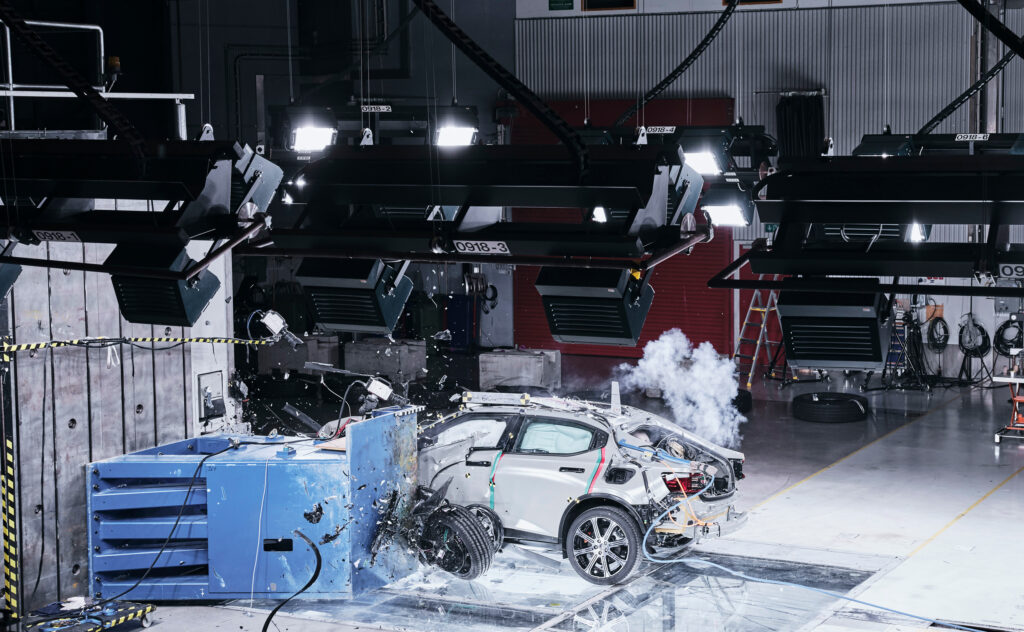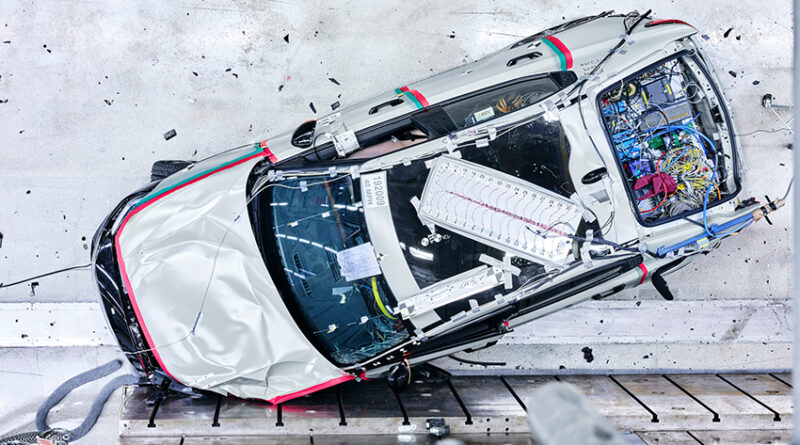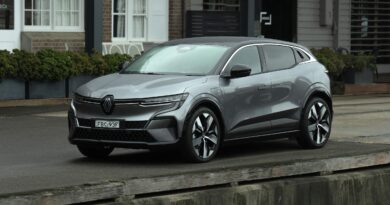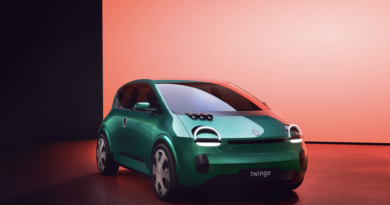Polestar 2 raises the crash safety bar
All-electric Polestar 2 aims to allay consumer fears over EV crash safety
Those flirting with EV ownership usually prioritise information about range, charge times and acceleration, but questions are increasingly being asked about crash safety.
As Volvo’s performance electric offshoot brand, Polestar is looking to embrace the Swedish brand’s long history as safety innovator. Its all-electric Polestar 2 model – a five-door fastback slated to arrive in Australia early in 2021 priced at around $100,000 – introduces new safety technologies and innovations to protect the battery pack during a collision.

In the event of an accident, protecting an EV’s battery pack is crucial to both occupants and responders to a collision. The Polestar 2’s pack is enclosed in an aluminium case and completely housed within the floor structure. Polestar says this approach “not only reduces the risk of damage and stiffens the body structure, but also protects occupants by keeping the battery intact in the event of a collision.”
The fear of electrocution or fire are valid concerns with EVs – there’s a huge amount of energy stored within the batteries. Polestar says in the event of a crash, the 2’s battery pack is automatically disconnected from the rest of the vehicle to ensure there is no live connection.
It features what it calls the ‘SPOC block’ (Severe Partial Offset Crash) which is a “deflective solid aluminium block housed on the bottom edge of the front firewall on either side of the car, designed to minimise intrusion of the wheel and other objects into the cabin and towards the battery pack during partially offset frontal collisions.” In other words, trying to keep as much crash energy away from the batteries.

As there’s no internal combustion engine up front, Polestar 2 also has a Front Lower Load Path (FLLP), protecting occupants and the battery pack from more direct frontal impacts, such as with a pole.
Polestar has a patent pending for its Acoustic Vehicle Alert System (AVAS), the legally-required sound an EV must emit to warn pedestrians the car’s approaching. “(The sound) is designed to be recognisable, non-intrusive and natural-sounding, not like a robot or symphonic spaceship.”
You can hear how it sounds on Polestar’s website. Like a relaxing, gentle Scandinavian wind blowing through a Swedish pine forest, or something like that.
The front seats have been given inner-side airbags as standard – a first for a Volvo Car Group product – which create cushioned protection between driver and passenger to safeguard heads and limbs.

Of course Polestar would prefer the owner to never need such passive safety systems, so the active safety technology is expectedly comprehensive. It simply states Polestar 2 has “all available safety systems and assistance features fitted as standard in the launch edition,” and we’ve come to accept Volvo Car Group products don’t skimp in this regard.

The Polestar 2 also debuts a new generation of Advanced Driver Assistance Systems (ADAS) technology, including Pilot Assist with provides acceleration, braking and steering assistance up to 130km/h.




